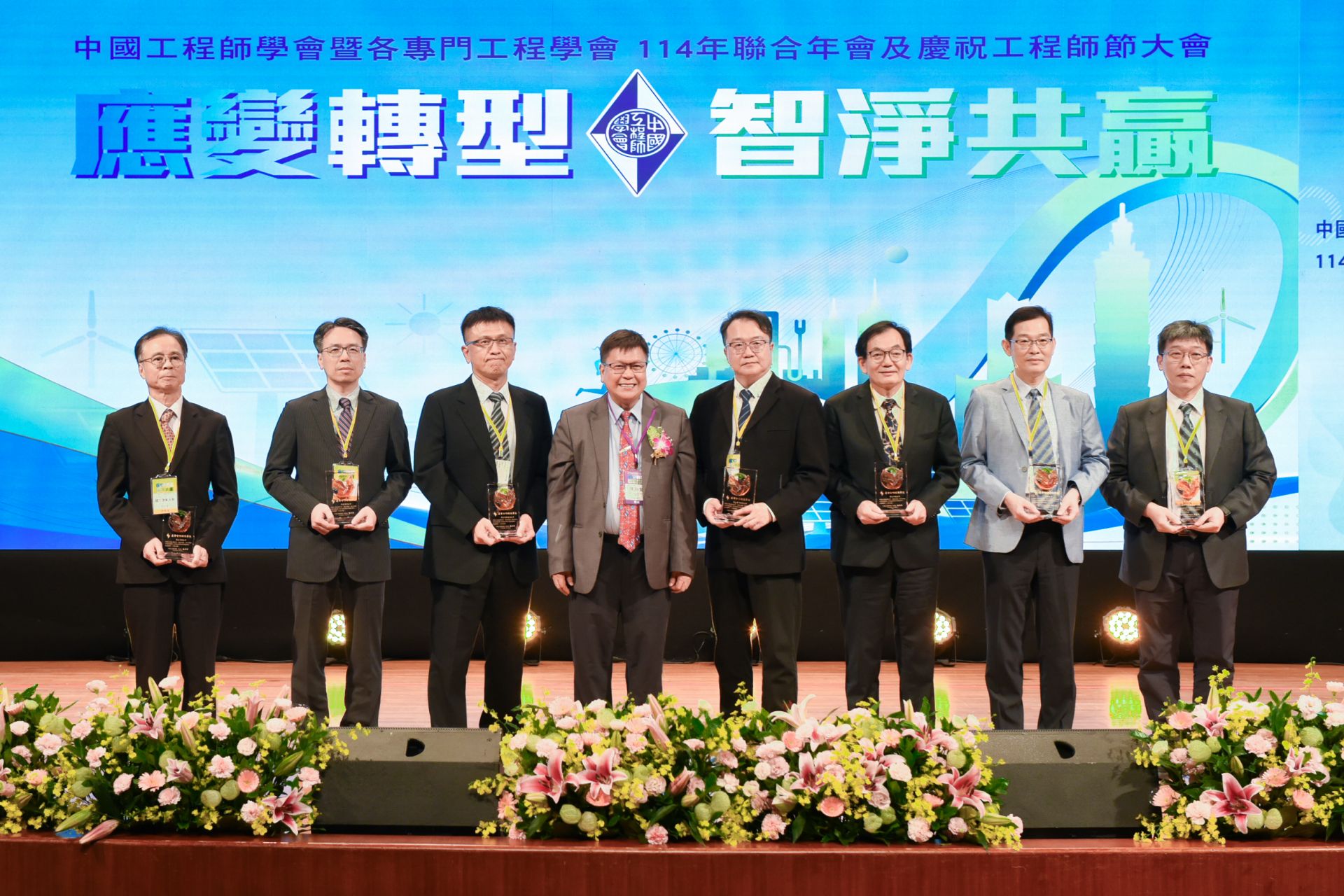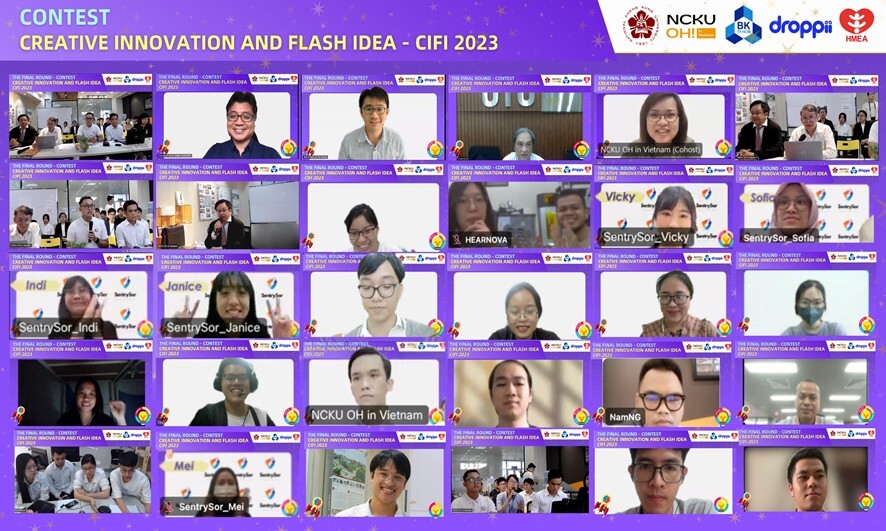Bang-Yu Hsu highlights that, beyond the recognition, the team is proud of their advanced technology developed using cost-effective, self-assembled equipment. Despite Taiwan’s leading semiconductor industry investing billions, NCKU proves that creativity and expertise can achieve remarkable results with limited resources.
Hsu notes that while current semiconductor processes achieve sub-3-nanometer precision, the push toward angstrom precision is a necessary industry evolution. The team’s work addresses significant technical challenges and demonstrates high precision and control at the angstrom scale, achieving orderly molecular arrangements over large areas, which was previously considered unattainable.
The team, including graduate students Yong-Ping Yang, Cheng-Tai He, Yu-Han Huang, and Tzu-Cheng Hsu, assembled advanced equipment themselves, such as systems combining low-temperature, micro-Raman scattering, and visible light absorption, at a fraction of commercial costs. This hands-on approach has provided valuable practical experience and demonstrated that innovation can succeed even with limited funding.
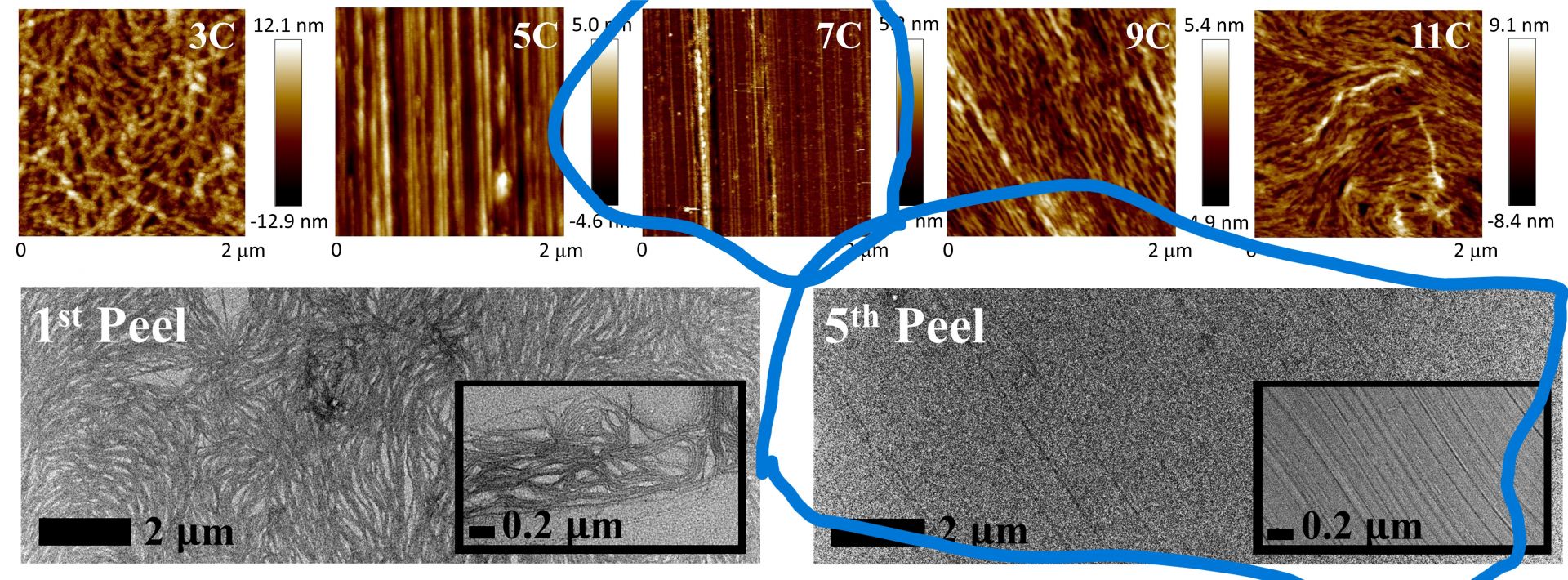
Assistant Professor Bang-Yu Hsu's team at NCKU has demonstrated the precise arrangement of molecules under angstrom-level electric fields (blue circle), with other areas as controls.
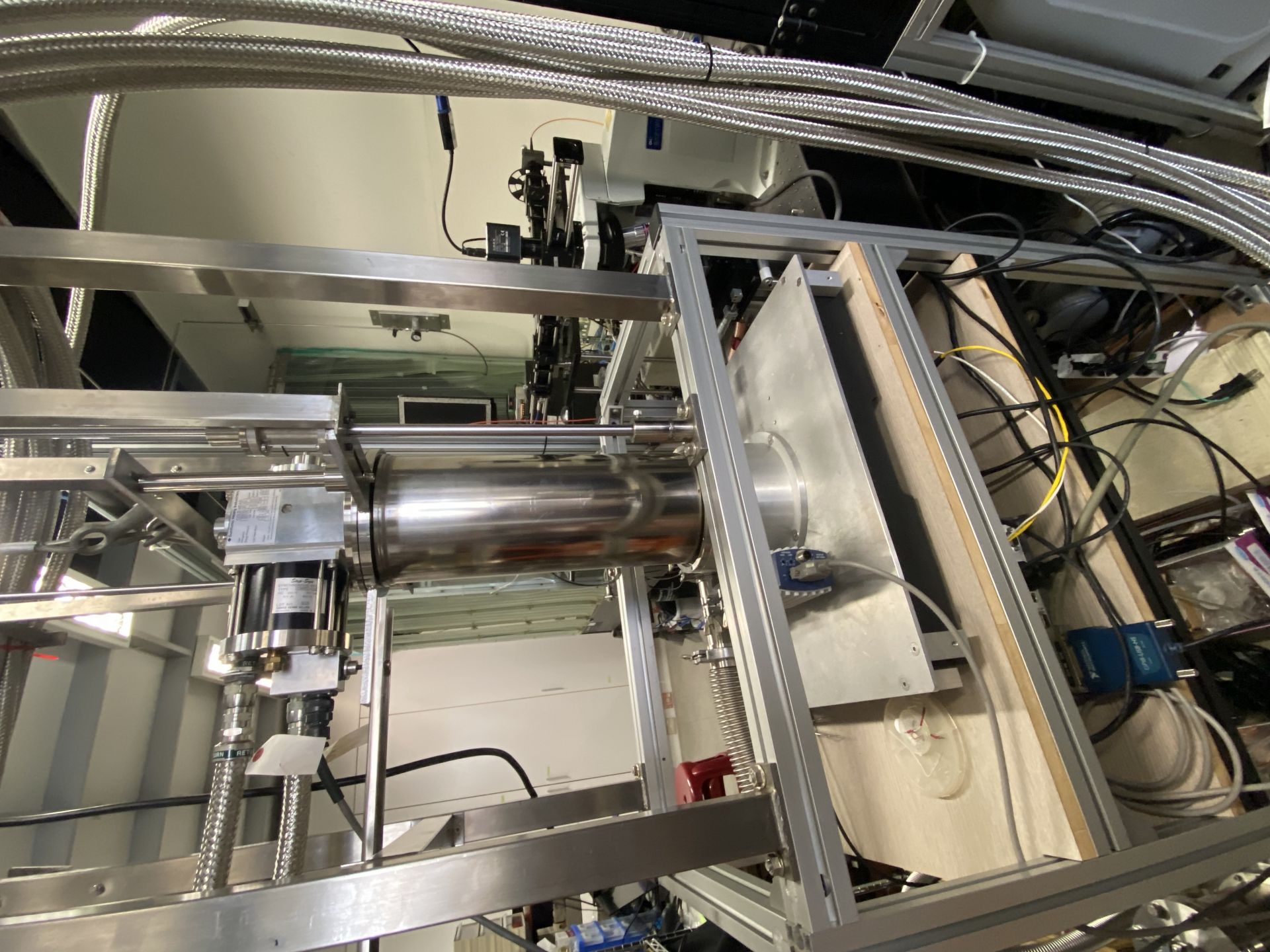
Assistant Professor Bang-Yu Hsu's team at NCKU has developed a self-assembled system integrating ultra-low temperature, micro-Raman scattering, and visible light absorption technologies.
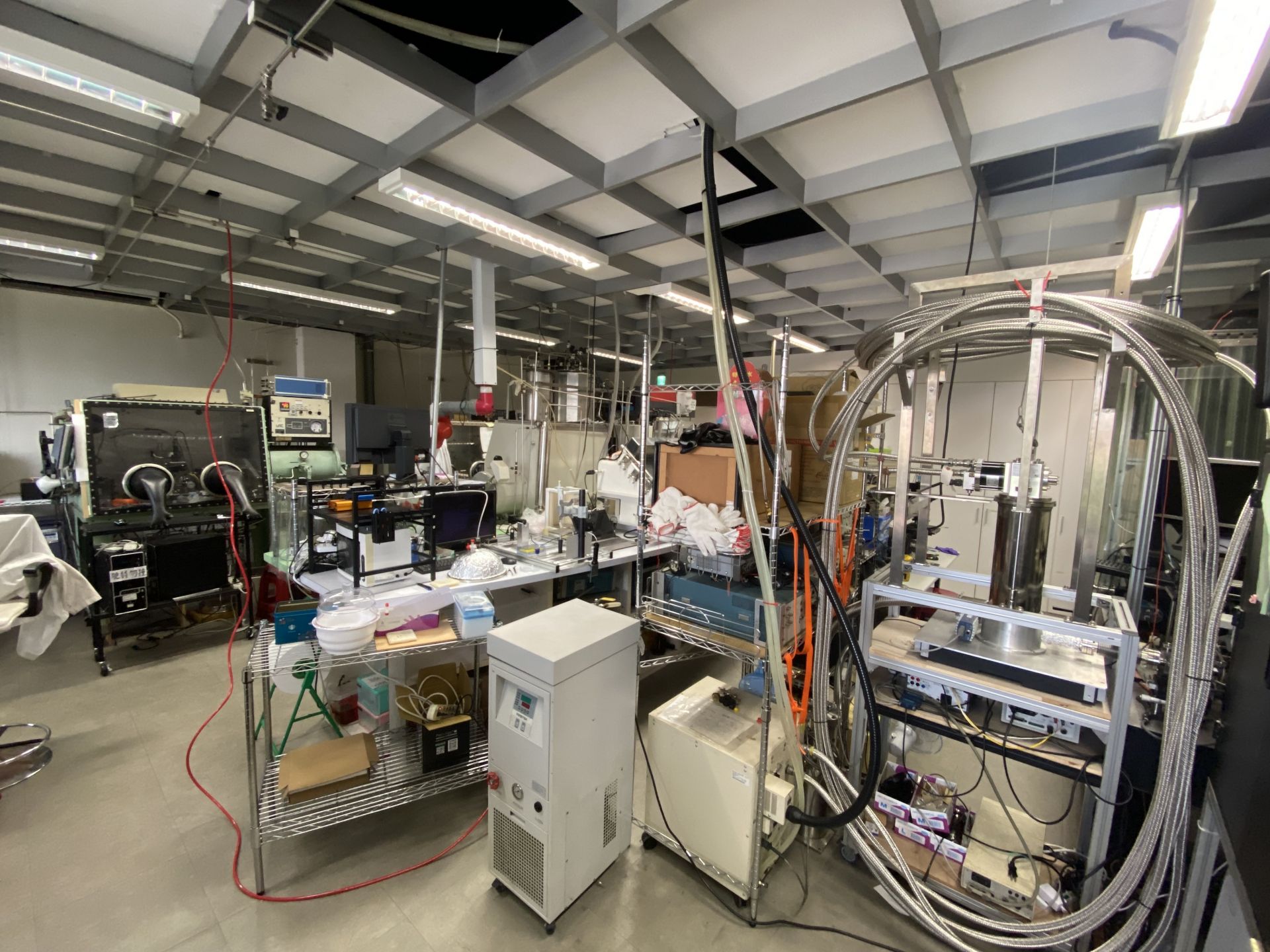
Assistant Professor Bang-Yu Hsu's lab at NCKU, embodying a garage startup spirit, is filled with valuable equipment assembled by students and faculty.
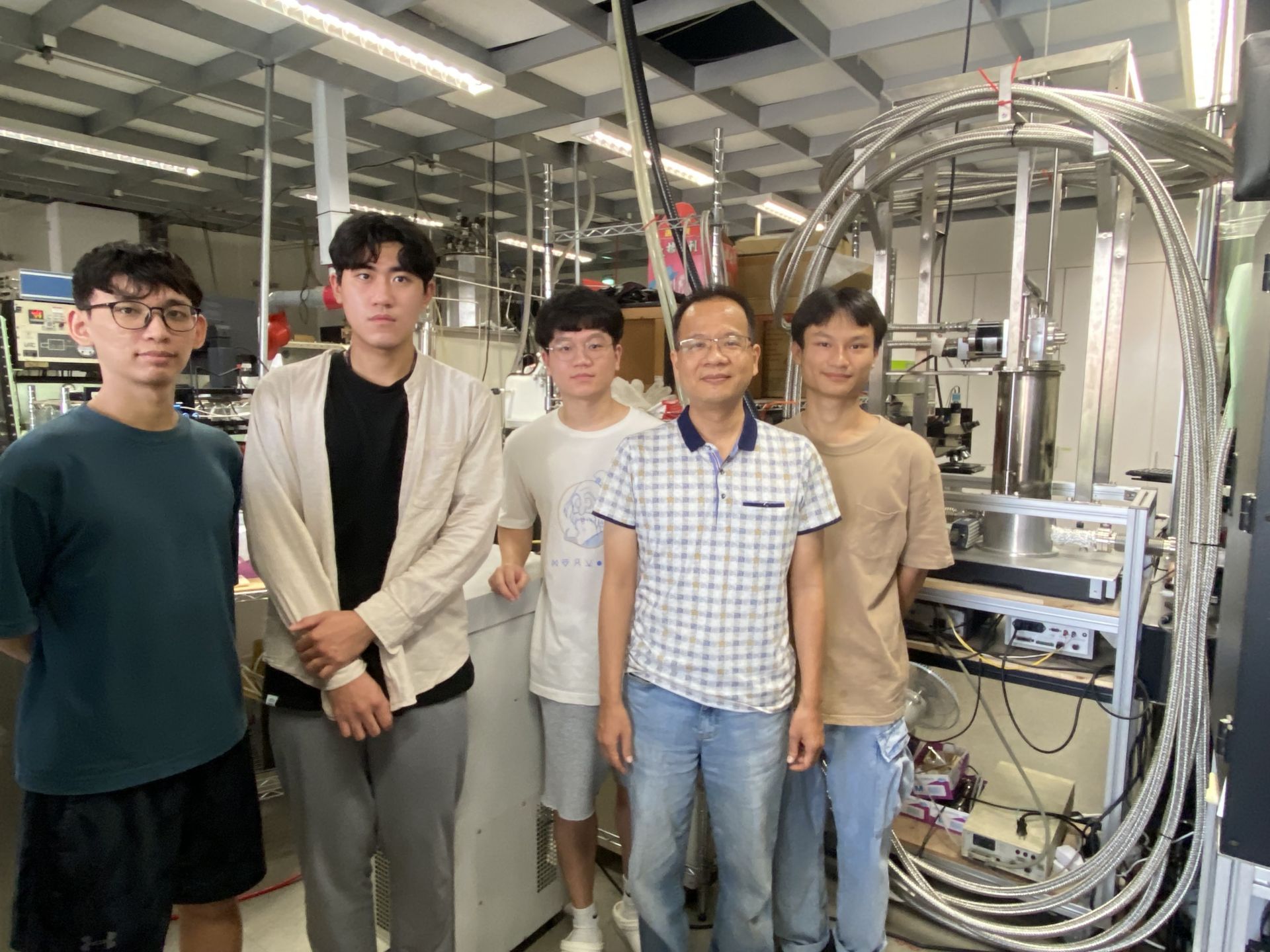
Assistant Professor Bang-Yu Hsu (second from right) and his team at NCKU have advanced semiconductor technology beyond the nanoscale to the angstrom level. Team members, from left to right, are master's students Yong-Ping Yang, Cheng-Tai He, Yu-Han Huang, and Tzu-Cheng Hsu.

Assistant Professor Bang-Yu Hsu's team at NCKU has advanced semiconductor technology from the nanoscale to the angstrom level, with their results published in a leading international polymer journal.






